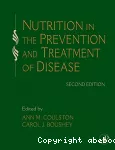SECTION I: Research Methodology
SECTION I: Research Methodology
+
-





